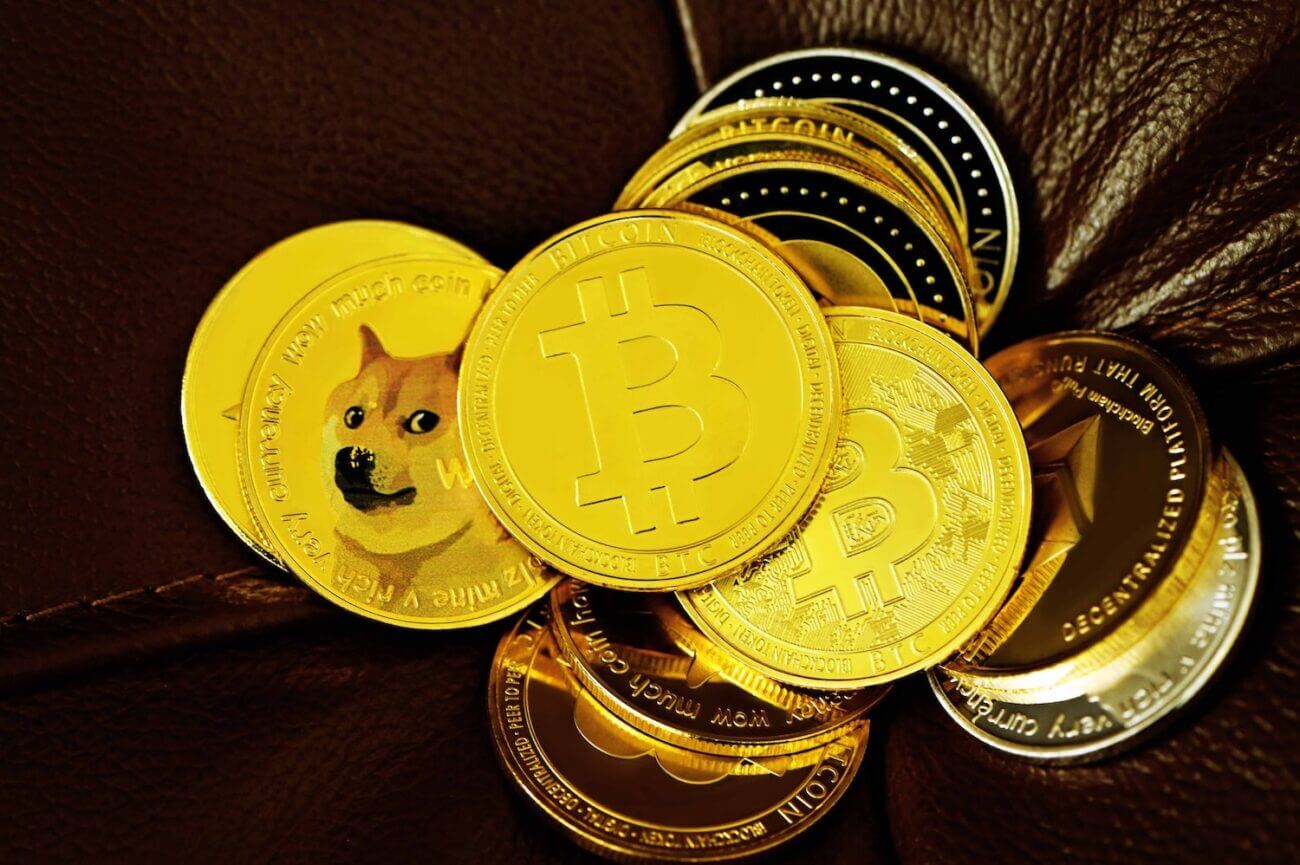Blockchain allows users to send money anywhere in the world without paying an intermediary, like a bank or wire service, to convert the currency or handle the transaction process.
“Once a transaction is recorded on blockchain, its decentralized nature and cryptographic algorithm make it virtually impossible to tamper with it,” says Connors. Cryptography refers to techniques used to keep information and communications secure and private, limiting access to just the sender and recipient.
How is crypto used?
Crypto adoption is still in its early stages, and crypto coins are not widely used as currency—at least, not yet. However, companies worldwide are increasingly interested in these new digital assets, using them for investment products, money transfers and business transactions. It’s also used in decentralized applications (dApps), which offer crypto-enabled financial products and services, such as lending, insurance and smart contracts.
“The primary use for cryptocurrencies is a method of storing value and sending and receiving payments at low cost and high speed, with no intermediaries, unlike current payment rails,” Connors says. He adds that ultimately, cryptocurrencies could be used for any financial transaction.
What are altcoins?
Since the launch of bitcoin (BTC for short) in 2009, thousands of other crypto coins have appeared, with many of their developers trying to improve on bitcoin’s features and functionality. These are collectively referred to as “altcoins,” or alternatives to bitcoin.
BTC is still the most dominant digital coin, in terms of both size and adoption—it accounts for about 40% of crypto’s market capitalization. Bitcoin is followed by ether (ETH), the native coin of the Ethereum blockchain. Other cryptocurrencies gaining traction and market value include ADA (Cardano blockchain), SOL (Solana), LTC (Litecoin), XLM (Stellar), MATIC (Polygon), DOT (Polkadot), USDC (USD coin) and AVAX (Avalanche), as well as the memecoins DOGE (Dogecoin) and SHIB (Shiba Inu).
“Cryptocurrencies differ in their underlying cryptography, technology and networks, but what they do have in common is they all provide utility as a digital or virtual currency alternative to traditional fiat currency,” asserts Connors.
Today, the crypto market is flooded with thousands of different digital coins. Some crypto investors prefer to stick to “blue chip” coins such as bitcoin, ethereum and cardano. Others may be drawn to smaller, less established coins, including memecoins such as dogecoin and shiba inu.


